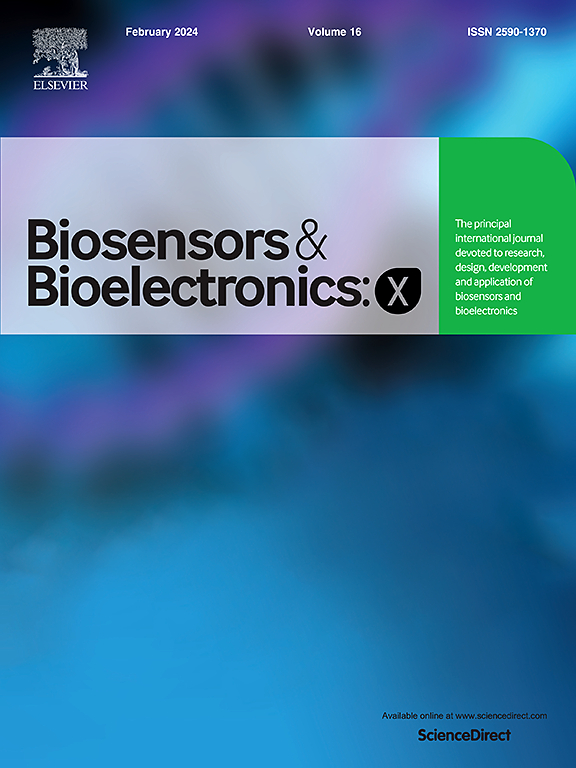腹主动脉瘤evar后持续监测植入式传感器的研究现状:综述
IF 10.61
Q3 Biochemistry, Genetics and Molecular Biology
引用次数: 0
摘要
血管内动脉瘤修复后(EVAR)监测目前依赖于常规成像技术,如计算机断层血管造影和磁共振血管造影,这使患者暴露于辐射、肾毒性造影剂,并给医疗系统带来后勤负担。这篇综述严格审查了植入式传感器的潜力,特别是压力监测系统,以提供持续的、微创的evar后监测。我们概述了监测动脉瘤囊加压的生物学和生物力学原理,分析了现有的传感器技术,包括EndoSure®和ImPressure®,并讨论了无线遥测、生物相容性、信号衰减和电源管理等技术挑战。审查了监管里程碑和与ESVS和SVS监测指南的一致性,以及当前压力趋势与临床结果(如再干预或破裂)之间的证据差距。虽然技术上的可行性已经在受控环境下得到了证明,但迄今为止还没有研究表明压力监测可以改善长期结果或独立于成像指导决策。本文讨论了基于压力的监测的局限性以及集成压力、形态和生化传感的新兴传感器设计。本综述的结论是,植入式压力传感器仍然是研究工具,其临床采用将取决于未来的试验,以证明诊断的准确性、患者的可接受性、成本效益和结局效益。本文章由计算机程序翻译,如有差异,请以英文原文为准。
Current state of the art on implantable sensors for continuous post-EVAR surveillance of abdominal aortic aneurysms: A comprehensive review
Post-endovascular aneurysm repair (EVAR) surveillance currently relies on routine imaging techniques such as computed tomography angiography and magnetic resonance angiography, which expose patients to radiation, nephrotoxic contrast agents, and place logistical burdens on healthcare systems. This review critically examines the potential of implantable sensors, particularly pressure-monitoring systems, to provide continuous, minimally invasive post-EVAR surveillance. We present an overview of the biological and biomechanical rationale for monitoring aneurysm sac pressurization, analyze existing sensor technologies including EndoSure® and ImPressure®, and discuss technical challenges such as wireless telemetry, biocompatibility, signal attenuation, and power management. Regulatory milestones and alignment with ESVS and SVS surveillance guidelines are reviewed, along with the current evidence gap between pressure trends and clinical outcomes such as reintervention or rupture. While technical feasibility has been demonstrated in controlled settings, no studies to date have shown that pressure monitoring improves long-term outcomes or guides decision-making independently of imaging. The limitations of pressure-based monitoring are discussed alongside emerging sensor designs that integrate pressure, morphological, and biochemical sensing. This review concludes that implantable pressure sensors remain investigational tools whose clinical adoption will depend on future trials demonstrating diagnostic accuracy, patient acceptability, cost-effectiveness, and outcome benefit.
求助全文
通过发布文献求助,成功后即可免费获取论文全文。
去求助
来源期刊

Biosensors and Bioelectronics: X
Biochemistry, Genetics and Molecular Biology-Biophysics
CiteScore
4.60
自引率
0.00%
发文量
166
审稿时长
54 days
期刊介绍:
Biosensors and Bioelectronics: X, an open-access companion journal of Biosensors and Bioelectronics, boasts a 2020 Impact Factor of 10.61 (Journal Citation Reports, Clarivate Analytics 2021). Offering authors the opportunity to share their innovative work freely and globally, Biosensors and Bioelectronics: X aims to be a timely and permanent source of information. The journal publishes original research papers, review articles, communications, editorial highlights, perspectives, opinions, and commentaries at the intersection of technological advancements and high-impact applications. Manuscripts submitted to Biosensors and Bioelectronics: X are assessed based on originality and innovation in technology development or applications, aligning with the journal's goal to cater to a broad audience interested in this dynamic field.
 求助内容:
求助内容: 应助结果提醒方式:
应助结果提醒方式:


